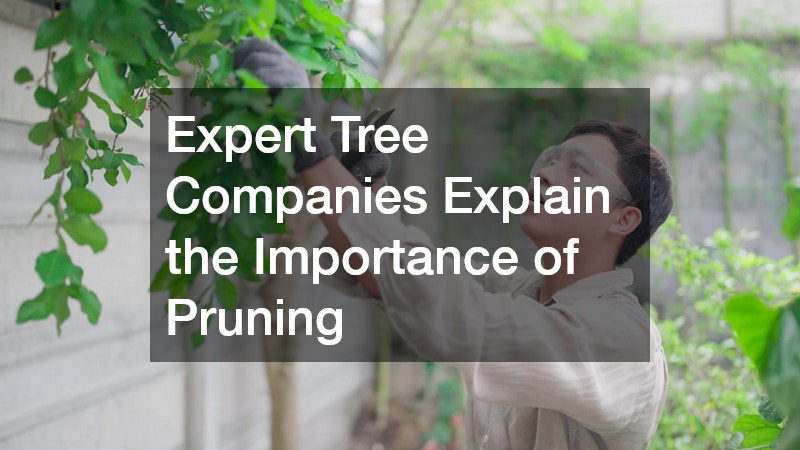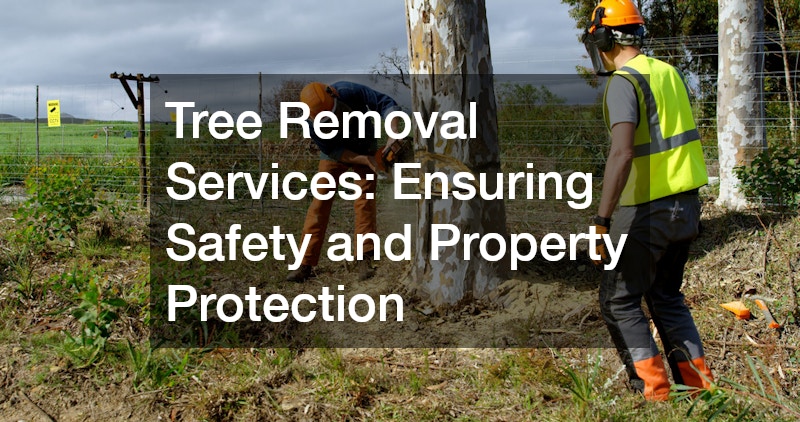Learn the essential aspects of tree care to ensure your trees are healthy, beautiful, and safe. This comprehensive guide will address common concerns and provide valuable insights. Whether you’re a seasoned gardener or a novice, understanding tree care fundamentals can make a significant difference in maintaining a vibrant and sustainable environment.
How Often Should Trees Be Trimmed?
Understanding Trimming Frequency
The frequency of tree trimming can depend on several factors including the species of the tree, its age, and its growth rate. Younger and faster-growing trees might require more frequent trimming to maintain their desired shape and remove potential hazards. In general, most trees benefit from pruning every 3 to 5 years but assessing each tree individually can yield the best result.
Best Seasons for Tree Trimming
Timing is crucial when it comes to tree trimming; knowing the best seasons can enhance the success of your efforts. Late winter to early spring is often the optimal time for trimming as it encourages robust new growth in many species. However, specific trees might demand consideration of unique seasonal patterns, requiring careful research prior to pruning.
Signs Your Tree Needs Trimming
Recognizing when your tree requires trimming can prevent issues before they escalate into problems. Broken or damaged branches, overgrown appearances, or branches nearing power lines indicate it’s time for maintenance. Moreover, detecting these signs early can help mitigate risks of disease and promote healthy growth.
What Are the Signs of a Dying Tree?
Common Symptoms of Tree Decline
A dying tree often exhibits warning signs that vigilant care can detect early on. Wilting leaves, brittle branches, and a hollow trunk are indicators of potential decline in tree health. Personal awareness and attentive observation are your first defenses against tree deterioration.

Causes of Tree Deterioration
Environmental factors such as weather conditions, poor soil quality, and pest infestations can contribute significantly to tree health issues. Furthermore, human activities like construction or incorrect planting techniques may exacerbate the decline. Understanding these influences is crucial to preventing unnecessary tree damage.
How to Choose the Right Tree for Planting?
Evaluating Climate Compatibility
Choosing the right tree begins with an assessment of its compatibility with your local climate. This involves studying temperature ranges, precipitation patterns, and potential weather extremes to ensure survival and growth. Regional nurseries and botanical gardens can be invaluable resources in selecting suitable species.
Determining Growth Space Needs
Understanding the spatial requirements of a tree can prevent future conflicts and encourage healthy development. Consider the mature height and spread of the tree and how it fits into the available landscape. Confidently accommodating a tree’s growth potential reduces risks to nearby structures and other plants.
Considerations for Long-Term Care
Before planting, taking long-term maintenance into account guarantees the well-being of your trees. Factors such as watering, fertilization, and future pruning should be evaluated in advance. With thoughtful preparation, your tree can thrive as a well-integrated part of your environment.
What Are the Benefits of Mulching Trees?
Types of Mulch and Their Advantages
Mulch can range from organic materials like wood chips and leaves to inorganic types such as gravel and stones. Each type offers unique advantages, from improving soil quality to enhancing moisture retention. Choosing the right mulch type complements the specific needs of your tree species.
Proper Mulching Techniques
Applying mulch correctly involves regulating thickness and ensuring proper distance from the tree trunk. A layer of two to four inches of mulch typically suffices, while maintaining clearance around the trunk prevents rot and pest issues. These techniques foster healthier conditions for root development.
Impact of Mulch on Tree Health
Mulching significantly impacts tree health by providing essential nutrients and preserving moisture levels in the soil. Furthermore, it helps control weed growth and temperature fluctuation around the root zone. By creating a hospitable growth environment, mulch reinforces your tree’s wellbeing.
How Can You Protect Trees From Seasonal Changes?
Winter Protection Methods
In winter, trees can be vulnerable to cold damage and soil moisture loss. Applying protective wraps or installing windbreaks shields trees from harsh elements. Integrating these techniques ensures resilience against wintertime adversities.
Dealing With Summer Heat Stress
The intense heat of summer can subject trees to stress, requiring proactive measures like mulching and supplemental watering. These interventions can help maintain moisture balance and prevent heat stress damage. Timing your watering schedule to morning or evening hours is often the most effective.
By incorporating these essential tree care tips, you can ensure your trees thrive and remain a beautiful and beneficial part of your landscape. Remember, consistent care and timely interventions are key to healthy trees. With dedication and knowledge, your efforts will yield strong, resilient green allies in your outdoor spaces.


